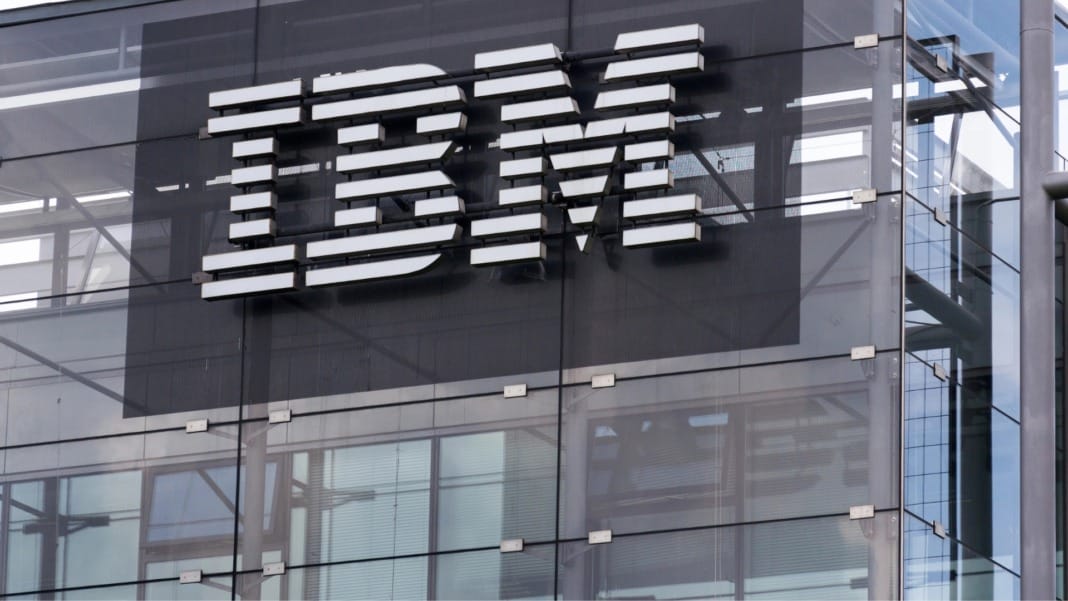IBM and AMD have announced a collaboration to build next-generation computing architectures that bring together quantum computers, artificial intelligence accelerators, and high-performance computing (HPC). The companies said the partnership aims to create scalable, open-source platforms capable of tackling some of the world’s most complex problems.
Quantum computing processes information in a fundamentally different way from classical computing. While conventional systems use bits that are either zero or one, quantum computers use qubits that follow the laws of quantum mechanics, enabling a richer computational space. This approach has the potential to address challenges in areas such as drug and materials discovery, logistics, and optimisation, where traditional computing alone may fall short.
“Quantum computing will simulate the natural world and represent information in an entirely new way,” said Arvind Krishna, Chairman and CEO of IBM. “By exploring how quantum computers from IBM and the advanced high-performance compute technologies of AMD can work together, we will build a powerful hybrid model that pushes past the limits of traditional computing.”
AMD Chair and CEO Dr Lisa Su added, “High-performance computing is the foundation for solving the world’s most important challenges. As we partner with IBM to explore the convergence of high-performance computing and quantum technologies, we see tremendous opportunities to accelerate discovery and innovation.”
A hybrid approach to problem-solving
The vision of quantum-centric supercomputing involves using quantum computers alongside HPC and AI infrastructure, supported by CPUs, GPUs, and other accelerators. In this hybrid model, each component of a problem is assigned to the system best suited to solving it. For example, quantum machines could model atomic interactions, while HPC systems powered by AI could analyse vast datasets.
IBM and AMD are investigating how to integrate AMD CPUs, GPUs, and FPGAs with IBM’s quantum systems to support a new class of algorithms that are currently out of reach for either technology alone. This work also ties into IBM’s longer-term ambition to deliver fault-tolerant quantum computers by the end of the decade. AMD’s hardware could play a role in enabling real-time error correction, a critical requirement for stable quantum computing at scale.
The companies plan to stage an initial demonstration later this year to showcase how their technologies can work together in hybrid workflows. They also intend to leverage open-source ecosystems such as Qiskit to encourage the development of new algorithms and expand adoption of quantum-centric computing.
Building on global experience
IBM has already taken steps towards integrating quantum and classical computing. The company recently partnered with RIKEN in Japan to connect its modular quantum computer, IBM Quantum System Two, with Fugaku, one of the world’s fastest supercomputers. IBM is also collaborating with organisations including Cleveland Clinic, the Basque Government, and Lockheed Martin to explore real-world use cases where combining both computing methods can deliver results beyond the capability of classical systems alone.
AMD brings its own record of achievement in supercomputing to the collaboration. Its CPUs and GPUs power Frontier, the world’s first exascale supercomputer, at the U.S. Department of Energy’s Oak Ridge National Laboratory. The company’s technology also drives El Capitan at Lawrence Livermore National Laboratory, currently ranked among the fastest supercomputers globally. Beyond HPC, AMD’s processors and open-source software are widely used in generative AI systems deployed by enterprises and cloud providers worldwide.
The partnership marks a significant step towards a computing model that blends quantum and classical methods, with the potential to redefine problem-solving across industries in the coming years.





